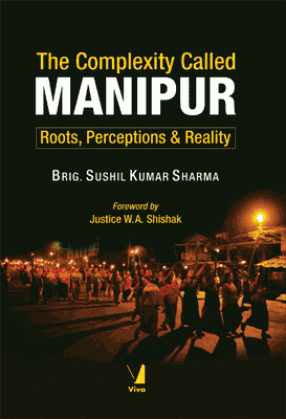Banking Sector Reforms in India
Synopsis
Prior to 1991, commercial banks in India functioned in a highly environment characterized by the following: (a) administered interest rate structure, (b) quantitative restrictions on credit flows, (c) high reserve requirements under CRR (cash reserve ratio), (d) pre-emption of significant proportion of lendable resources for the priority sectors, and the government under Statutory Liquidity ratio (SLR). These and other restrictions resulted in low productivity and inefficiency which in turn led to low/negative profits. In tune with the liberalization and privatisation wave sweeping across the world, the Government decided to review its banking policy in early 1990s. With this background in view, the Narasimham Committee worked out the road map of banking sector reforms. He successful implementation of its various recommendations has given a new dynamism to the banking sector since 1991. Given the gradual upgradation of skills and technologies and the restructuring and re-engineering processes being attempted and re-engineering processes being attempted by both foreign and private sector banks, public sector banks in India face new challenges. In the changed scenario, public sector banks will have to improve their efficiency. The highly regulated and directed banking system is now transforming itself into one characterized by openness, competition and prudence. This development conforms to the liberalization and globalisation needs of the Indian economy. This book examines the developments in the banking sector of the Indian economy during the post-liberalisation period (i.e. from 1991 till date). It covers a large number of issues confronting the banking industry, However, the focus is no the following aspects: rationale and efficacy of banking reforms, profitability of major banks and new private sector banks, trends in non-interest income of banks, impact of falling rate of interest of interest on banks, human resource management by banks, changing pattern of employment in banks, information technology (I) in the banking sector, and rural development through bank credit.
Read more
24.30
21.87
$
27.00 $
Free delivery Wolrdwidе in 10-18 days
Ships in 1-2 days from New Delhi
Membership for 1 Year $35.00
Get it now and save 10%
Get it now and save 10%
BECOME A MEMBER
Books by the same authors








Bibliographic information
Rimpi Kaur